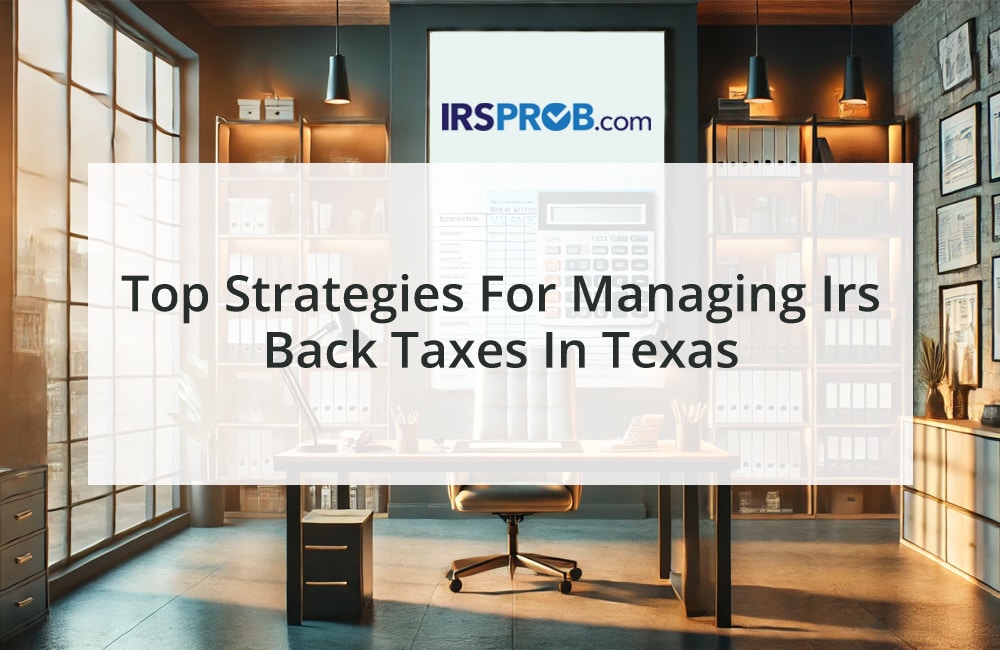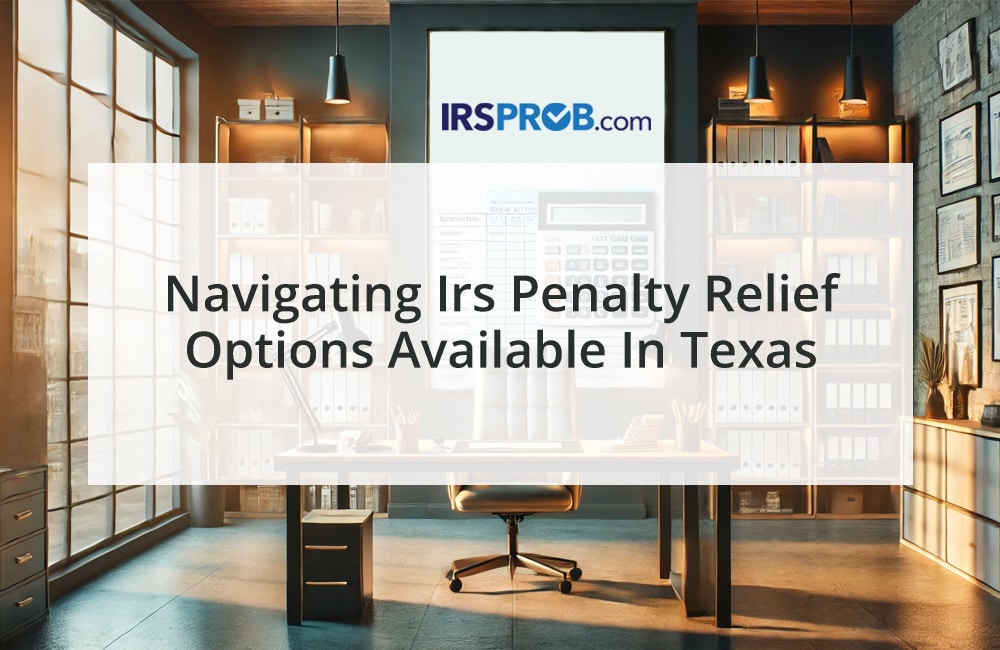
If your small business is facing a challenging year in 2024, you might be feeling the pressure. However, there’s a silver lining: you may be able to mitigate some of your financial strain through strategic tax planning, specifically by leveraging Net Operating Losses (NOLs). Understanding how to maximize the benefits of NOLs can provide much-needed relief and position your business for a stronger comeback.
What Are Net Operating Losses (NOLs)?
An NOL occurs when a business’s tax-deductible expenses exceed its taxable income within a given year. This can happen for a variety of reasons, including economic downturns, unexpected business expenses, or market fluctuations. The key to utilizing NOLs effectively lies in understanding how and when they can be applied to offset taxable income.
Changes in NOL Rules Under the Tax Cuts and Jobs Act (TCJA)
The Tax Cuts and Jobs Act (TCJA) of 2017 brought significant changes to the treatment of NOLs, altering how businesses could use these losses to reduce their tax liability. Before the TCJA, businesses had the flexibility to carry back NOLs for up to two years, allowing them to apply the loss against previous years’ taxable income and potentially receive a tax refund. Any remaining losses could then be carried forward for up to 20 years.
However, the TCJA made two critical changes:
- Elimination of the Carryback Period: The TCJA eliminated the ability to carry back NOLs to prior tax years, with exceptions only for certain farming and insurance companies. This means that businesses can no longer receive immediate tax relief by applying losses to prior years’ tax liabilities.
- 80% Limit on NOLs: The TCJA imposed a cap, restricting the use of NOLs to offset no more than 80% of taxable income in any future year. This means that businesses can no longer completely offset taxable income using NOLs, which could result in higher tax liabilities even when losses are carried forward.
Special Considerations for Non-Corporate Taxpayers
For non-corporate taxpayers, such as owners of pass-through entities (e.g., S corporations, partnerships, and sole proprietorships), the TCJA introduced additional limitations. From 2018 through 2025, the amount of NOLs that can be used to offset non-business income is capped at $250,000 for single filers and $500,000 for joint filers. Any excess NOLs are carried forward, subject to the 80% limit.
The Impact of the Pandemic and Expiration of Temporary Enhancements
During the COVID-19 pandemic, Congress temporarily relaxed some of these TCJA restrictions as part of the Coronavirus Aid, Relief, and Economic Security (CARES) Act. The CARES Act allowed businesses to carry back NOLs incurred in 2018, 2019, and 2020 for up to five years, providing much-needed relief during a time of widespread economic hardship.
However, these pandemic-era enhancements have expired, and businesses must now navigate the NOL rules under the more restrictive TCJA framework.
Strategies for Maximizing NOLs
To make the most of NOLs, small business owners should consider the following strategies:
- Plan for Timing: Since NOLs can now only be carried forward, careful planning is essential to maximize their value. Consider timing your expenses and income to optimize the benefit of NOLs.
- Maintain Accurate Records: NOLs are recorded as a deferred tax asset on your company’s general ledger. Ensure that your accounting records accurately reflect any NOLs, as they can significantly impact future tax planning and financial reporting.
- Consult a Tax Professional: The rules surrounding NOLs can be complex, especially when considering the limitations imposed by the TCJA. Working with a tax professional can help you navigate these complexities and ensure that you’re taking full advantage of available tax benefits.
Looking Ahead
As we approach 2025, when many of the TCJA’s provisions are set to expire, there is a possibility that Congress may revisit the NOL rules. Staying informed about potential legislative changes will be crucial for small business owners looking to maximize their tax benefits.
In conclusion, while the current NOL rules present challenges, they also offer opportunities for businesses facing losses. By understanding these rules and implementing strategic planning, you can leverage NOLs to reduce your tax burden and position your business for future success.









